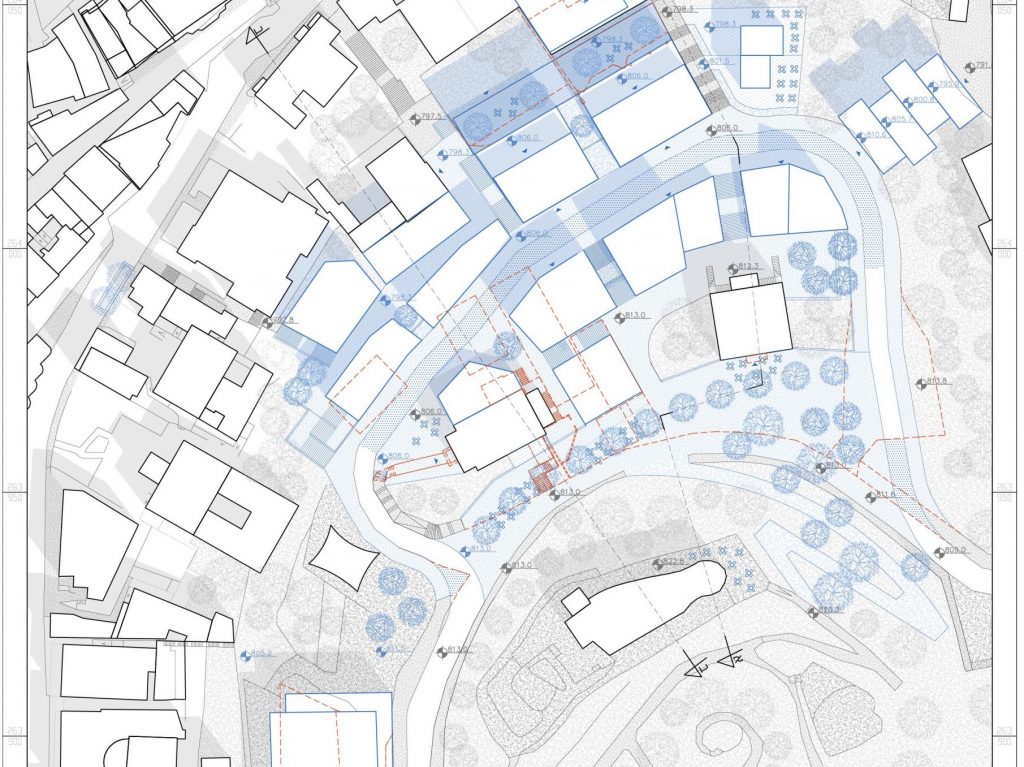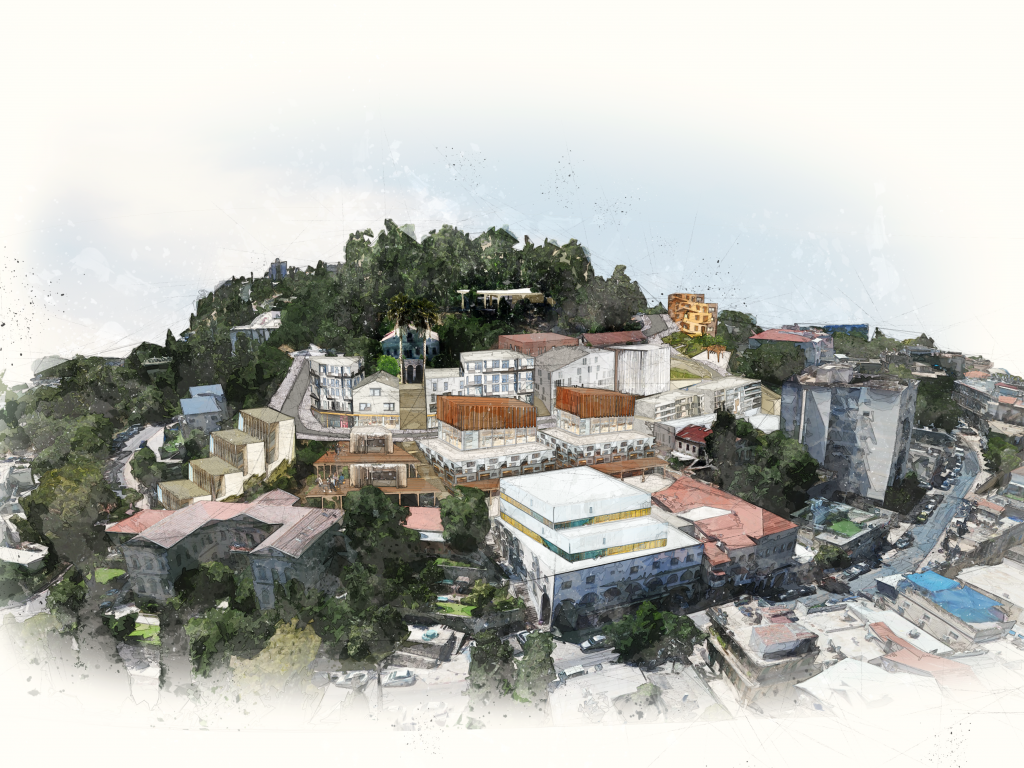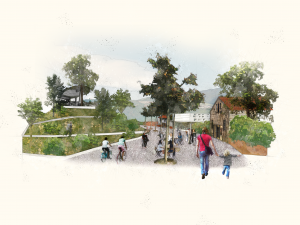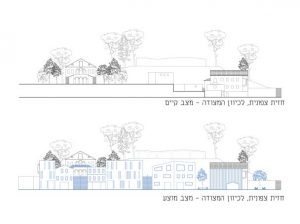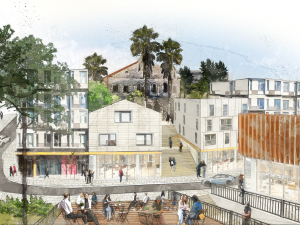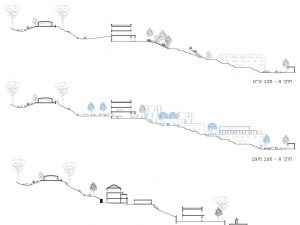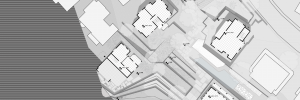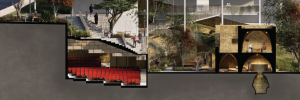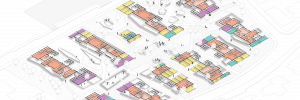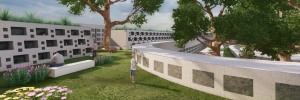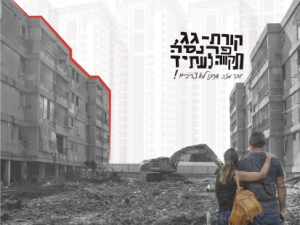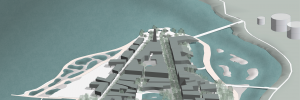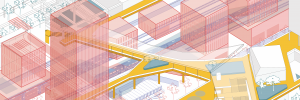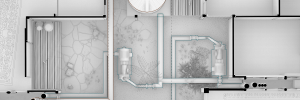Re-Integrating the Historic Urban Fabric
The project began with a question about the scale of REUSE projects, which are mainly implemented on a small-medium scale, of a single building or complex: What exactly is REUSE of urban area? Of an historic city? The strategy for intervention begins with an examination of abandoned places in the city and advocates the basic assumption that for successful conservation planning, the conservation structure should not be regarded as detached from a broader context. The infrastructure, services, buildings, open spaces, streets, people, history, and other elements that are part of or outside the historic urban area should not be considered separately. On the contrary, they need to be re-integrated with the other components of the social fabric (including the so-called ‘intangible heritage’) to understand interdependent relationships and identify the best way to ensure continued long-term existence and physical preservation. Accordingly, the proposal is to perform a review analysis and documentation of each ‘abandonment’ in the urban fabric on three different scales – each scale represents ripples of influence and a different spatial connectivity. Conclusions will be drawn for each scale, which will continue to resonate at the next scale as well, and their goal is to prepare the broadest possible platform for the intervention. When the abandoned area manages to reintegrate into the urban fabric – because it has physical, spatial, and spiritual connections at the three levels of influence – it will be very difficult to re-separate it from the fabric since it will be anchored at each of the different scales.




